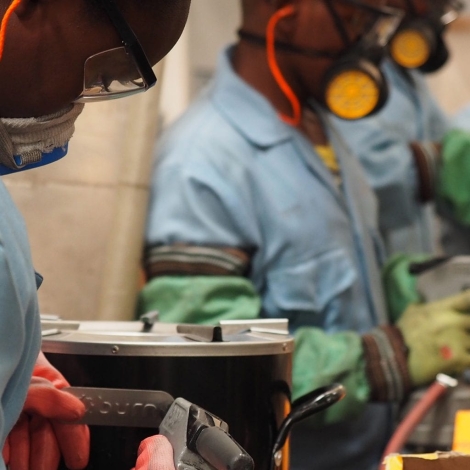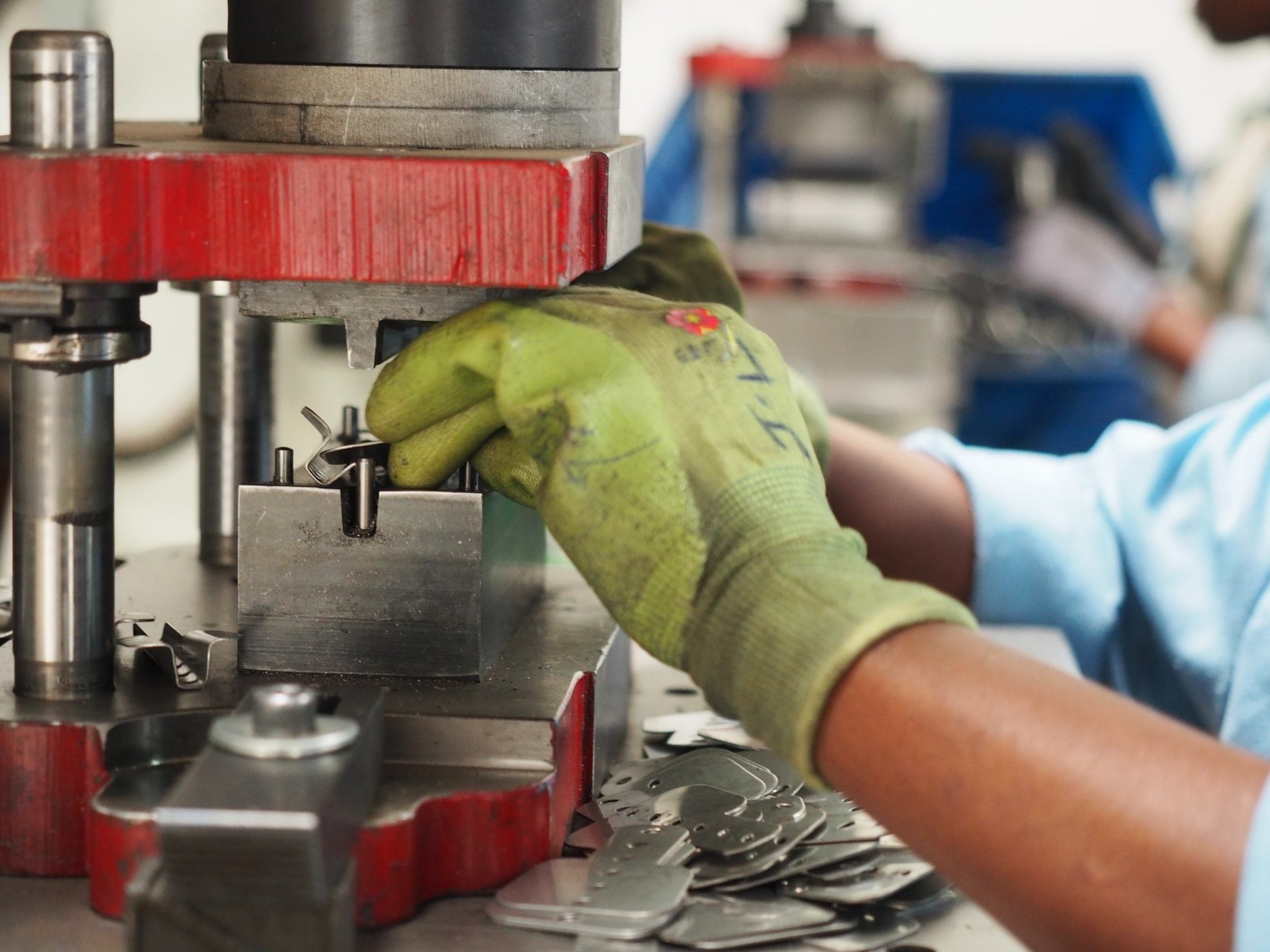Welcome to The Big Design Questions, a weekly series that tests and challenges design principles that we promote for creating techologies that meet basic needs in uderserved regions. Khanjan Mehta, a contributing editor at E4C and head of the Humanitarian Engineering and Social Entrepreneurship (HESE) program at Penn State, and his students first posed this week’s question in a paper published in the IEEE Technology and Society Magazine. Khanjan offers his thoughts below and we’d like to put the question to the entire community if you would please share your comments at the end.
Should appropriate tech ventures manufacture locally or outsource?
Companies have to make a lot of trade-offs to manufacture an appropriate technology locally. Those trade-offs can be social, economic, and environmental. The question at the heart of this issue is this: How important are profit, people, and the planet to the venture? Profit matters in part because profitable ventures are more likely to scale and deliver their technologies to more people. However, if such a venture employs destructive manufacturing practices, is the benefit of reaching more people worth the collateral cost?
Two schools of thought compete against one another over the question of local manufacture. From one point of view, local manufacturing for nearby local markets with locally available raw materials can lead to resilient businesses. These businesses can quickly respond to the evolving needs of communities. At the same time, however, other business owners insist that using local manufacturing and resources compromises their business models and cost effectiveness.
For example, KickStart treadle pumps and irrigation systems are manufactured in China due to cost restrictions. Similarly, biomedical ventures like ClickMedix face cost and quality control barriers when trying to manufacture locally.
Despite the additional transportation and logistics fees, outsourcing is sometimes necessary to maintain economic sustainability. In situations like these, the venture must accept that all development goals cannot be achieved simultaneously. Foreign manufacturing usually means fewer jobs and relatively less economic empowerment for local residents. It may also lead to negative environmental outcomes due to industrial manufacturing and international shipping.
On the other hand, developers may be able to make foreign production “greener” than local alternatives. For instance, by using more expansive material options, recycling facilities, and energy infrastructure.
What if it breaks?
Another issue to consider in the debate is how to fix things when they break. Are tools, replacement parts, and skills available to easily repair the product? Medical technology and cellphones represent opposing sides of the issue. One of the big health care challenges in Africa is a lack of technicians to maintain and repair expensive biomedical equipment. Cellphones, on the other hand, are not designed or manufactured on the African continent, but thousands of repair technicians, most with little formal education, eke out a living repairing commonly used phones.
The key question is whether the technology is sustainable in the long term despite being manufactured elsewhere.
What do you think?

